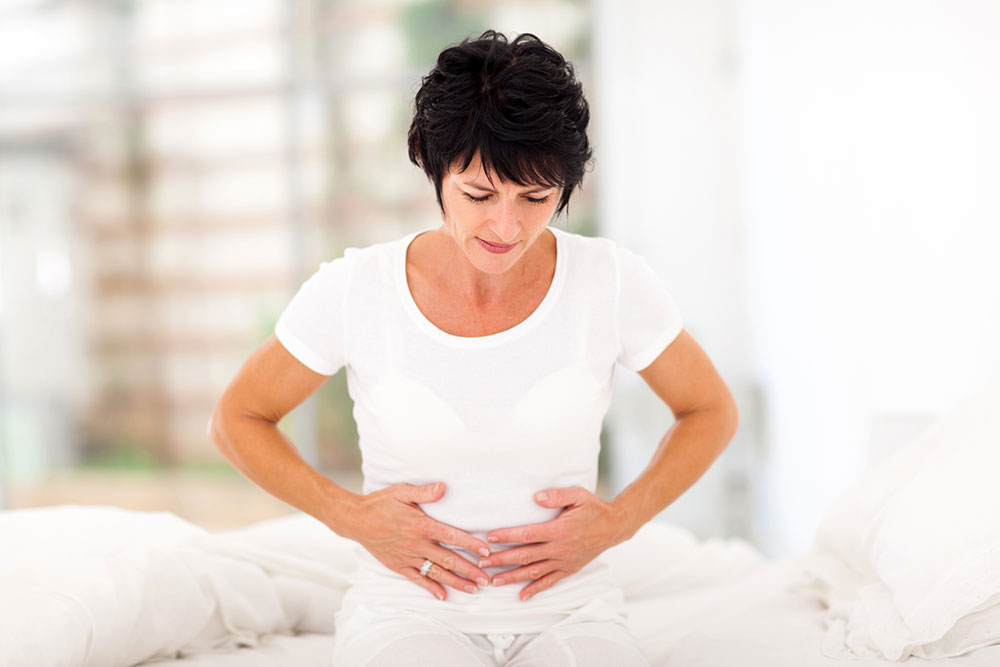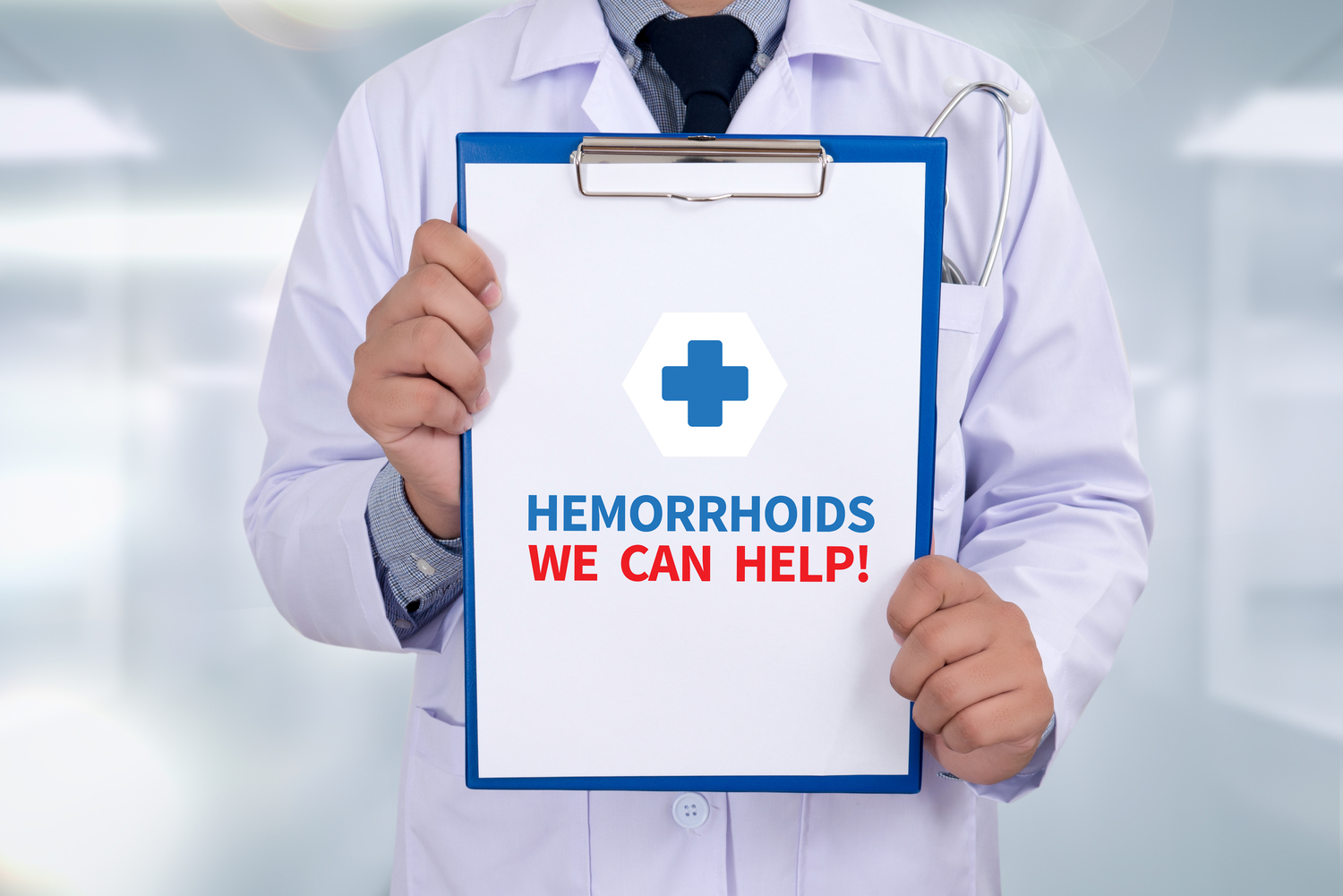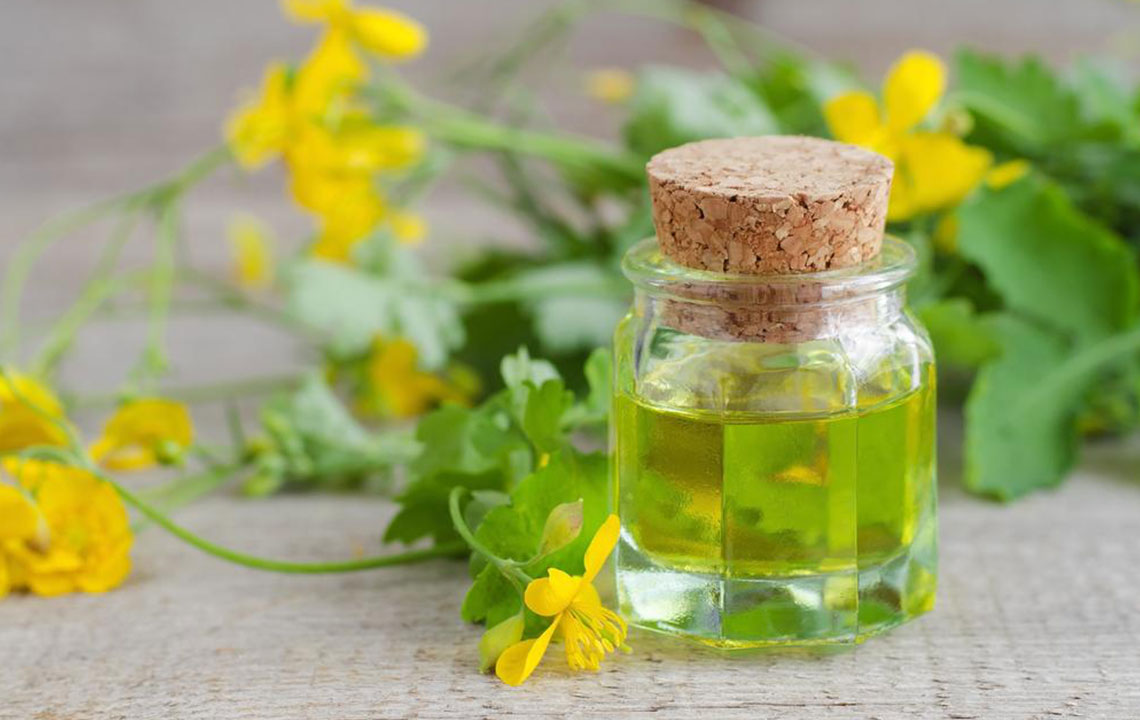Effective Strategies to Manage External Hemorrhoids
Learn effective home remedies and medical treatments for external hemorrhoids, including dietary changes, topical applications, and surgical options. Consult healthcare providers for persistent symptoms to ensure appropriate care and relief from discomfort.
Sponsored

External hemorrhoids, commonly called piles, involve swollen veins located outside the anus, leading to symptoms like bleeding, itching, and soreness. These symptoms arise from increased pressure in the lower rectum, causing vein inflammation. Factors such as prolonged sitting on the toilet, obesity, anal sex, low-fiber diets, straining during bowel movements, pregnancy, and poor posture can contribute to hemorrhoid development.
Below are practical home remedies and treatments to alleviate hemorrhoid discomfort:
Consume High-Fiber Foods
Incorporate fruits, vegetables, and whole grains into your diet. These help soften stool, increase bulk, and reduce straining, which can worsen hemorrhoids. Additionally, drinking plenty of water and avoiding caffeine minimizes gas and irritation, making this an effective self-care approach.
Other treatment options include:
Witch Hazel
With anti-inflammatory effects, witch hazel can reduce pain, swelling, and itching. Available as liquids or wipes, it provides soothing relief from hemorrhoid symptoms.
Aloe Vera
Historically used for hemorrhoids, pure Aloe Vera's anti-inflammatory properties can diminish irritation. Harvest gel from an Aloe Vera leaf, test for allergies on your skin, and apply as needed.
Gentle Cleaning
Clean the affected area with warm water or fragrance-free, alcohol-free moist wipes. Avoid dry toilet paper or perfumed wipes, which can cause irritation.
Cold Compress
Applying cold packs or ice on the area can reduce swelling and provide quick relief from discomfort.
Fiber Supplements like Psyllium Husk can increase fiber intake, softer stool, and easier bowel movements. Ensure adequate water intake to prevent gas or cramps.
Epsom Salt and Glycerin
Mix two tablespoons of glycerin with Epsom salts, apply on gauze, and place on the affected area for 15-20 minutes. Repeat every few hours for relief.
Thrombosed Hemorrhoid Removal
If a painful blood clot forms, seek medical care for incision and drainage within 72 hours for effective relief.
Infrared or Laser Coagulation
These procedures use light to shrink hemorrhoids, but recurrence risk may be higher.
Sclerotherapy
Injecting a chemical causes the hemorrhoid tissue to harden and shrink over 4-6 weeks. Rest and avoid strenuous activity post-treatment.
Hemorrhoidectomy
Surgical removal is effective for severe or persistent hemorrhoids but involves some post-op discomfort and potential urinary issues.
Electrotherapy
Using electric current via a proctoscope, this method shrinks smaller hemorrhoids by stimulating tissue thickening.
While some hemorrhoids respond to home care, consult a healthcare professional for persistent or severe symptoms. Proper medical evaluation ensures safe and effective treatment.






